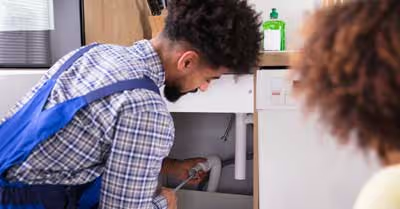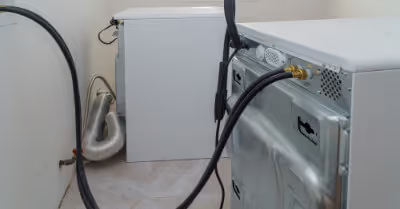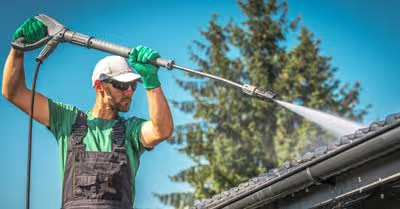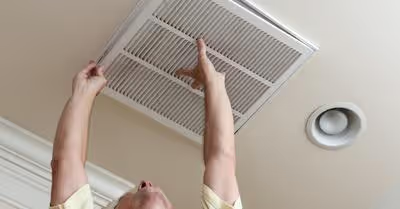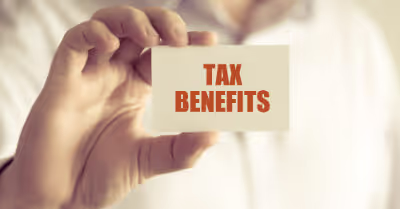Table of Contents
About Home Insurance
As noted above, home insurance is designed to provide coverage for your home, in the event of a loss.
For instance, if your home suffers fire damage, water damage or it’s burglarized, then your home insurance will help to repair the damage, replace the lost property or even rebuild the home.
Home insurance may also provide liability coverage, which helps to protect the homeowner in case you are deemed responsible for someone getting injured on your property.
All home insurance policies come with a liability limit, which usually determines the extent of the coverage that you have in case of an accident or incident.
Most policies have a standard limit of $100,000. However, you can opt for a higher limit, depending on your needs.
What’s Covered
Home insurance covers a wide range of risks that homeowners may face. And while they are highly customizable, most of them cover four basic elements. These are property damage, personal property loss, personal liability and added living costs. Let’s take a closer at each of these elements and what is covered under each.
Property Damage
Property damage provides coverage if your house experiences damage, both inside and outside. Standard covered risks include vandalism and hurricanes.
So, if your house is damaged by any covered hazard, then your insurance will compensate you so that you can get money to undertake the necessary repairs or even rebuild it completely.
Damage or destruction by earthquakes, floods, or poor home maintenance is usually not covered. Hence, if you want to include this coverage in your home insurance, then you will require additional riders.
Personal Property Loss
As the name suggests, personal property loss will compensate you if there is theft or damage to your personal property.
For example, if your furniture is damaged by fire or your electronics are stolen, personal property protection will help to replace or repair your valuables.
If you own plenty of highly valuable possessions like designer clothes, fine jewelry, or fine art, it would be advisable to pay extra and insure those valuables separately.
Personal Liability Protection
This liability coverage will protect you against lawsuits filed by other individuals. So, if your family member causes an accident or your pet bites your neighbor, your homeowners insurance will protect you.
It will help you to take care of legal or medical expenses you may be required to pay if you are deemed liable.
However, it’s important to note that personal liability protection has certain limits. For instance, if you are aggressive to your neighbor or you provoke and injure them, then homeowners insurance may not cover you.
Therefore, it’s important to discuss with your insurance agent about the extent of your coverage, so that you are on the safe side.
Added Living Expenses
If your house was severely damaged by a fire or a hurricane and it’s currently uninhabitable, then your home insurance can pay for a house rental or a hotel while your home is being rebuilt or repaired.
Added living expenses will reimburse you for the money you spend on restaurant meals, hotel service, hotel rooms, rent and other associated expenses you incur as you wait for your home to be fixed.
And as you may expect, this part of insurance coverage comes with daily spending limits. However, you can expand the daily limits based on your needs and budget.
What’s Not Covered
As much as home insurance will cover most situations whenever there is damage or destruction on your property, some scenarios are excluded. For instance, if you damage your house intentionally, then you shouldn’t expect home insurance to compensate you for the loss. Some of the events that are not covered by home insurance include:
- Earthquakes, sinkholes and landslides
- Flooding
- Nuclear hazards
- Infestations by vermin, mold, fungus and birds
- Power failure
- Government action
What if you live in a hurricane-prone, flood-prone or earthquake-prone area? In such situations, you can purchase separate insurance coverage or riders for such risks.
Most insurance companies offer earthquake insurance and flood insurance covers separately, especially for people living in prone areas. So, ensure you check with your insurer to know what is covered and what’s not covered.
From there, you can then decide whether the provided cover is enough for your property or you may need to purchase additional coverage.
Types of Homeowners Insurance
When it comes to purchasing home insurance, it will be in your best interest to choose one that aligns best with your property. Currently, there are 8 home insurance types to choose from, depending on your needs. They include:
HO-1 Policy
This is the most basic and cheapest home insurance coverage on the market. When you purchase this insurance, it will protect your home from damage or destruction caused by vandalism, fire, hail, lightning, volcanic eruptions, smoke, riots, hail and windstorms, damage from vehicles or aircraft as well as explosions. If you are looking for affordable coverage, then the HO-1 policy will be a good start.
HO-2 Policy
As you may expect, this policy provides more cover for your property than the HO-1 policy. It will protect your home as well as your personal belongings, wherever they are. It will cover your home from the same circumstances covered in the HO-1 policy. It also provides coverage against damage resulting from power surges, frozen pipes, water heaters, and falling objects, among others.
HO-3 Policy
An HO-3 policy is probably the most common home insurance coverage. It’s also the most widely recommended. It will provide coverage for your home, personal property, personal liability, as well as additional living expenses. If you have valuables in a storage unit, then the HO-3 policy will also cover them.
HO-4 Policy
An HO-4 policy is also known as renters’ insurance. Renter’s insurance will protect your personal property in case of damage. It also offers liability coverage to the policyholder. Some policies also include additional living expenses, which will help the policyholder to pay for hotel bills and food, in case they had to move out temporarily. Renter’s insurance doesn’t cover the building’s structure, since the renter doesn’t own the premises.
HO-5 Policy
HO-5 home insurance policies are the most comprehensive on the market. It’s more like the gold standard when it comes to home insurance. It will cover your home, your personal property, liability, medical payments for others as well as additional living expenses, among other items included in the policy. If you have high-value items, then this policy will be worth the money. An HO-5 policy will cover your home and your personal property from everything as long as it’s not specifically excluded.
HO-6 Policy
This insurance policy is specifically designed for condo owners. It works similar to standard home insurance policies, with a few differences. HO-6 insurance will cover everything inside your condo unit as well as the furnishings. It also provides personal liability coverage as well as additional living expenses.
HO-7 Policy
Also known as mobile home insurance, an HO-7 policy is specifically designed for mobile homes. Some of the mobile homes covered under this policy include trailers, single-wide mobile and single-wide manufactured homes, double-wide mobile and double-wide manufactured homes, modular homes, sectional homes, RVs and park home models. It provides coverage for the structure, liability, personal property, medical payments and additional living expenses.
HO-8 Policy
This insurance policy is designed to protect homes or properties that may not qualify for standard homeowner’s insurance such as homes that may prove difficult to replace or older homes. Historic landmarks, architecturally significant homes or homes built with methods or materials that are not available today can be covered under this home insurance. If repairing your damaged home would cost you more than its current value, then this policy will be your best choice.
Determining Your Home Insurance Needs
If you own a home, then you will definitely need homeowners insurance. However, you don’t need to be paying for more premiums than you need. On the other hand, if you don’t have enough home insurance, you may not afford to repair or rebuild your home in case a disaster strikes.
So, when it comes to purchasing home insurance, a good rule of thumb is to have enough home insurance to rebuild or repair your home, replace your possessions, cover injury, damages, and other liabilities that may occur on your property, and reimburse your living expenses, in case you are temporarily forced out of your home.
In case you live in a disaster-prone area, you have several high-value assets or you own expensive valuables, then you may also need to consider their additional coverage.
An insurance expert will help you to figure out your exact needs. You can also use online insurance calculators to compare the different offers, and then choose a package that suits your needs.
Recent Articles



